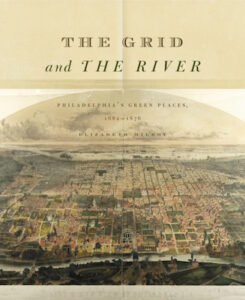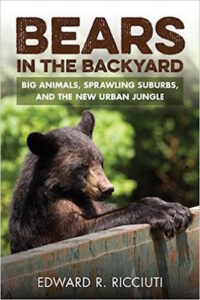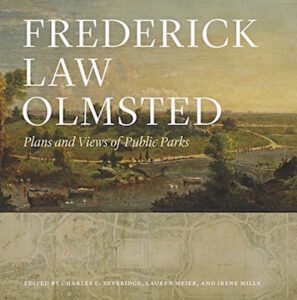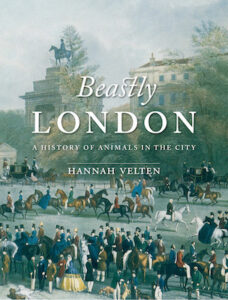As the United States becomes increasingly urbanized, how its citizens experience and interact with the natural world will become more and more influenced by how the nation’s cities are arranged.

As the United States becomes increasingly urbanized, how its citizens experience and interact with the natural world will become more and more influenced by how the nation’s cities are arranged.

As more and more of the American population moves from the countryside into the cites and suburbs, the expansion of those cities and suburbs into what was once the countryside frequently brings humans into contact with the wildlife that is trying to adapt to the new conditions brought about by the proximity of large numbers of people.

From New York City’s iconic Central Park to the much smaller and now significantly modernized Morton Park in Newport, Rhode Island, Olmsted’s designs for areas of recreation and nature-inspired rejuvenation are still with us in a host of ways beyond our everyday awareness.

Think about modern London. What types of animals do you associate with it? Rats, mice, and pigeons most likely. Pet dogs and cats, as well as their stray and feral relatives. Some ducks, geese and swans in the parks. Perhaps a few horses for the police and the royal family’s ceremonial purposes. But what about […]